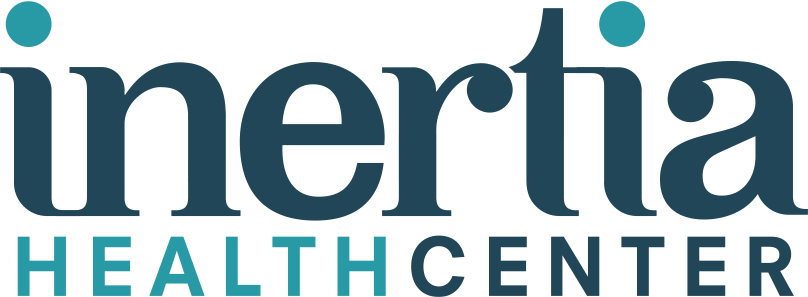Stretching feels good—and it can be good for you. But not all stretching is created equal.
If you’ve ever wondered whether to stretch before or after a workout, or questioned why you feel stiff even though you stretch regularly, understanding the difference between dynamic and static stretching is key.
At Inertia Health Center, we help patients move smarter, not just more. Here’s how to stretch with purpose—and get better results in how your body feels and functions.
What Is Dynamic Stretching?
Dynamic stretching involves controlled, active movements that gently take your joints and muscles through a full range of motion. Think: leg swings, arm circles, walking lunges, or hip openers.
These movements mimic real-life or sport-specific motion. The goal is to warm up the body, increase blood flow, and prepare the nervous system for activity.
✅ Best time to do it: Before a workout or physical activity
✅ Why it works: It primes the body for movement, improves coordination, and helps prevent injury
What Is Static Stretching?
Static stretching is what most people picture when they think of stretching—holding a position (like a hamstring or quad stretch) for 20–60 seconds without moving.
The goal here is to lengthen the muscle and increase flexibility by relaxing into a deeper range.
✅ Best time to do it: After a workout or on recovery days
✅ Why it works: It helps cool down the body, release tension, and improve long-term flexibility
Which One Is Better?
It depends on your goal.
You don’t need to choose one over the other—you just need to use the right type of stretching at the right time.
- Before activity? Go dynamic.
- After activity or during recovery? Go static.
The mistake most people make is stretching statically before a workout. This can actually decrease muscle performance and won’t do much to prepare you for movement.
Stretching Alone Isn’t the Full Picture
It’s also important to know that stretching doesn’t fix everything. If you feel tight all the time, it could be your body’s way of compensating for:
- Weakness or instability in another area
- Joint dysfunction
- Poor movement patterns
- Chronic inflammation or nervous system stress
That’s why at Inertia Health Center, we assess how your body moves as a whole—not just how far your muscles can stretch. We combine hands-on work, mobility exercises, strength, and recovery strategies to help you feel looser, stronger, and more balanced overall.
The Bottom Line
Stretching is useful—but only when it’s done with purpose.
Use dynamic stretches to wake up your body, and static stretches to calm it down. And if stretching never seems to give you lasting results, it may be time to dig deeper into what your body really needs.
Not sure what kind of stretching is right for you?
We’d love to help you move and feel better with a plan tailored to your body and your goals.
